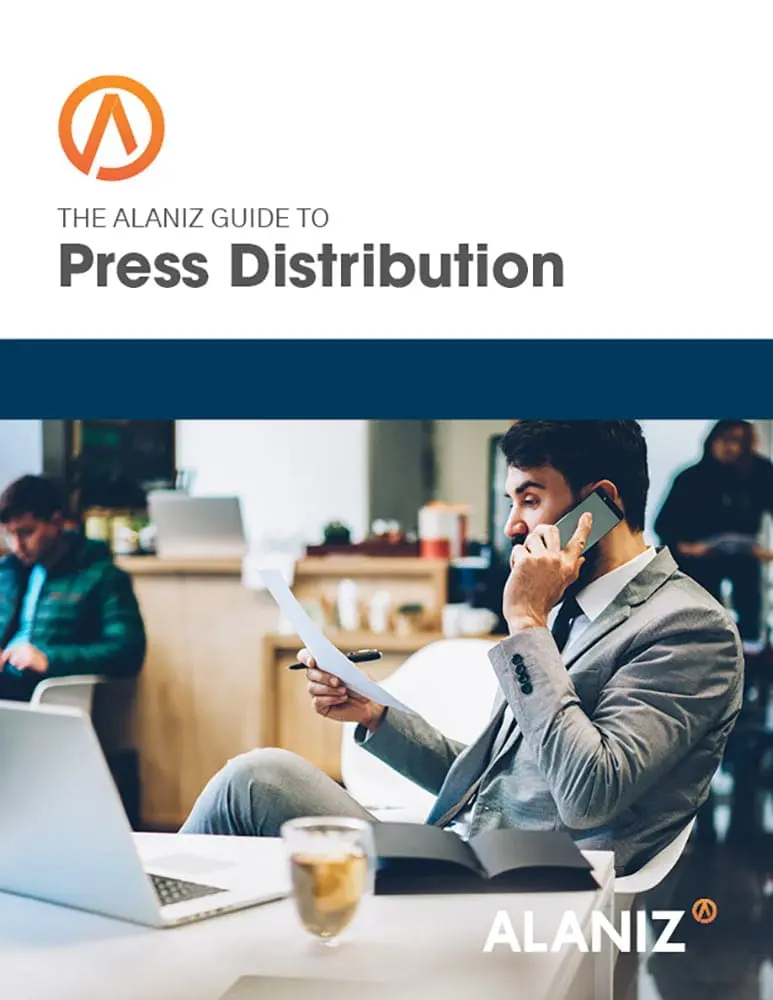This blog post is part of “The Ultimate Guide to Public Relations” blog series.
Press releases should be simple, but they rarely are. Why? Because when it comes to making an announcement from company headquarters, people tend to freak out. They analyze every word and make revision after revision. Press releases tend to get far more internal scrutiny than, say, web pages and blog posts–which might actually get seen by more people. I’ve had press releases run up to version 42. After all the anxiety over press releases, most fall flat and don’t achieve their goal of winning press coverage. Why? In general, it’s because companies get caught up in talking about themselves, how great they are, and how their new product will change the world. Unfortunately, that’s not news. It’s the same thing every company says about itself and it’s new products. It’s news when the world is actually changed, which doesn’t happen very often.
Still, the press release is alive and well and companies continue to churn them out. They can be very successful if the following best practices are observed.
Press Release Best Practice #1: Focus on news. This is critical and hard to do as mentioned above. It’s particularly difficult when corporate leaders get involved and want to boast about the technical details of a product. The language becomes jargony to the point of incomprehensible. Money Watch reporter Geoffrey James recalls one that came across his desk: “Release 6.0 doubles the level of functionality available, providing organizations of all sizes with a fast-to-deploy, highly robust, and easy-to-use solution to better acquire, retain, and serve customers.” Huh? What does your company or product enable that brings new value to consumers or businesses? The technology itself is rarely the story. Take for example the Toyota Prius. When it was announced you didn’t hear breakdowns of how the battery and engine work together and how ingenious the technology is. All they had to say is “50 miles per gallon.” That was news!
Press Release Best Practice #2: Think like a journalist. A journalist’s job is to provide readers with useful information. Give them material that will help them engage and satisfy their readers and you will get their attention. Give them a story, not a self-promotional ad disguised as a press release. “A press release that doesn’t deliver information, but is, instead, filled with ‘we are excited to’ and ‘we couldn’t be happier that’ type of management quotes, is irrelevant, redundant, uninteresting for the reader,” says Everything PR. “A press release focused on features rather than benefits is doomed as well.” One good idea is to count the number of times the word “we” is used. Try to keep it to zero.
Press Release Best Practice #3: Avoid bulk emails. Most journalists delete bulk emails instantly. Why? Because that tells them that you’ve sent the same information to every journalist in the country or world and that there is nothing unique for them to cover even if they were to want to. It also tells them that you have no idea what they write about, what they are looking for, and how they liked to be pitched. You just pulled a media list from a database. PR distribution platforms like Cision, Meltwater, and Muck Rack have journalist databases with information about journalist’s beats, recent writings, and in some cases, what they are currently working on. Muck Rack offers journalist profiles created by the journalists themselves–they tell you what they cover and the kind of story they want. Give it to them!
Press Release Best Practice #4: Tie in with the current news cycle. When the news cycle is churning about something, journalists and publications are hungry for a fresh spin on it. For example, during the recent drought on the west coast, stories about water saving devices or practices were in demand. There are also seasonal opportunities–holidays like Mother’s Day and events like school starting in the fall. If your product can be relevant to what writers need to cover anyway, you’re helping them do their jobs.
Press Release Best Practice #5: Don’t rely on wire services. PR wire services distribute press releases to every major news outlet in a specified region, along with offering some trade and industry-specific publications. Mostly, this means your press release will be posted verbatim on sites like Yahoo! News and Reuters. They will not appear as editorial coverage and will give you little in form of real coverage.
Press Release Best Practice #6: Use your own website, social channels, and email lists. Many companies overlook the best channels they have to customers and contacts. The people who regularly visit your website, follow you, and who have opted into your email database are the ones that want to know what’s going on with your company. They might even share it with their contacts to give you some added SEO clout with backlinks.
Press Release Best Practice #7: Don’t use a press release as a blog post. A blog is where you offer people help around the problems your product address. It’s not where you sell. You can certainly blog about the new product and how it might address an individual’s or business’ needs, but don’t simply post your press release as a blog post. It’s a good way to turn off blog readers.
The goal of a press release is to get news coverage. News coverage by a legitimate publication builds credibility and trust with your target audience. Boring self-promotion does the opposite. Good luck!
This blog post is part of “The Ultimate Guide to Public Relations” blog series.




